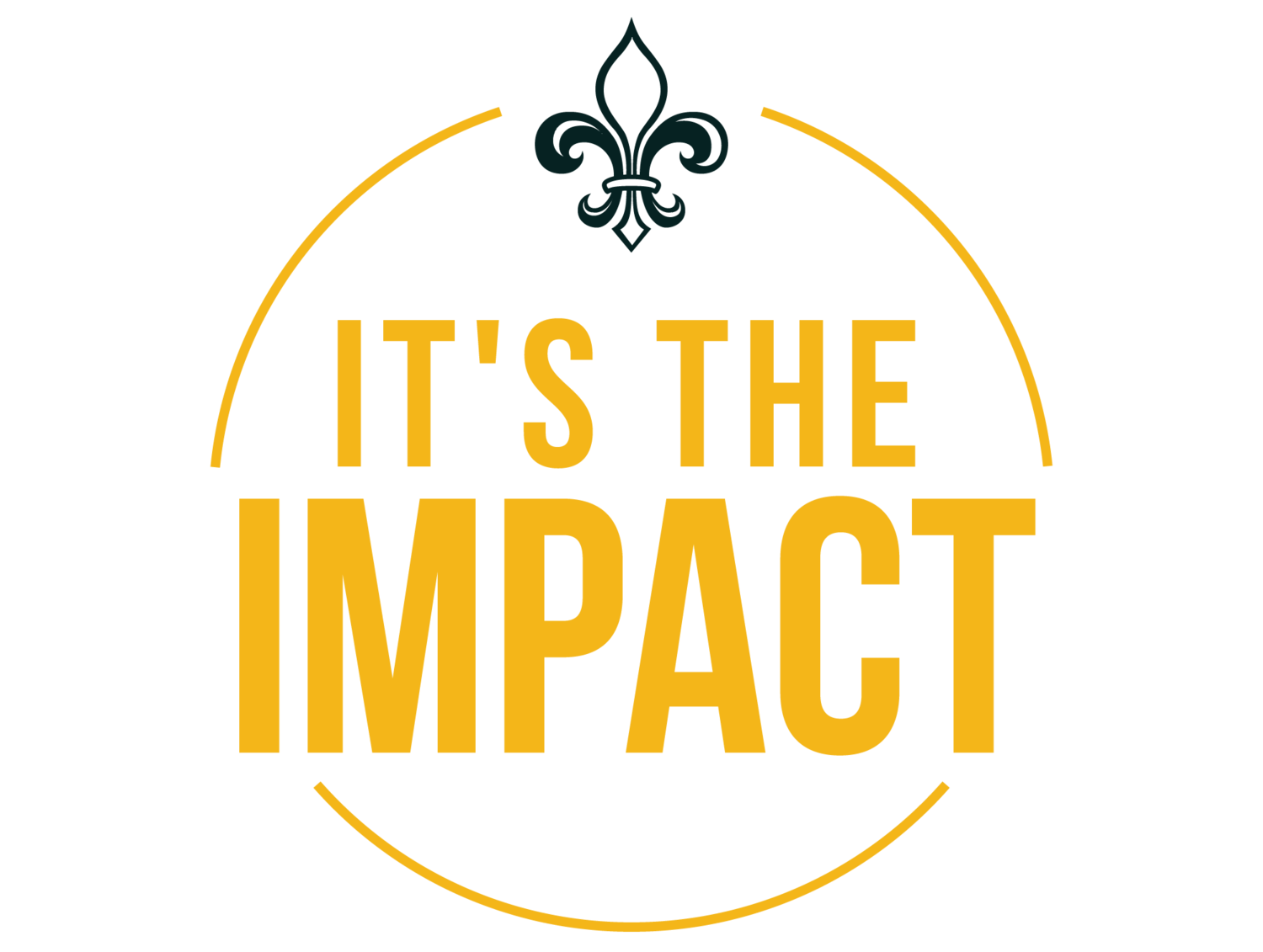How Do You Retain Amazing Talent? The Answer Isn’t What You Think—and it Costs Nothing!
In 2022, a record 50.6 million U.S. workers quit their jobs, accounting for 70% of total separations. This is the highest level in the history of the Job Openings and Labor Turnover Survey (JOLTS), which dates back to 2001. So, what is it that these workers are searching for, and how can you provide it?
You know that keeping your top talent is critical to running an effective organization, but it takes more than offering raises and professional development to retain your best team members. You also need to spend time helping your leaders understand their purpose and how it connects to their everyday work.
Don’t be mistaken; this is about more than giving your team members a chance to work in a mission-driven organization. It’s about helping each of your leaders find their own personal connection to that mission. When you do this, you can inspire and secure the commitment, passion, and retention of your star performers.
In this article, discover what a Leadership Legacy is and why it’s the best retention strategy you can leverage. And, find out how you can help your employees discover their purpose and connect it to your organization’s mission and vision.
Why money isn't enough: the limits of traditional retention strategies
Conventional wisdom has many leaders operating as if retaining their top performers is about monetary compensation and other benefits like health care or vacation time. Some try to improve work-life balance and spend lots of time and money on awards and recognition. Organizations are full of conversations about career ladders, perks, and pay scales, all while their best people are leaving.
Despite high salaries and flexible work schedules, these top performers were still tired, unhappy, and restless. And you know why?
Because they were lacking the internal motivation that comes from knowing they were working with a sense of purpose that mattered to them personally. Many, for the most part, were working in an organization with a mission they cared about. However, despite that, they were missing knowing their own purpose and how it connected them to the mission of the organization.
According to McKinsey, “70% of employees said that their sense of purpose is defined by their work. So, like it or not, as a company leader you play an important part in helping your employees find their purpose and live it.”
Beyond the paycheck: unlocking the power of intrinsic motivation
Simply put, no salary can match the motivation gained from work that aligns with your passion and purpose. In other words, when we do work that matters to us personally, we are engaged, motivated, and excited to come to work. That drives retention more than any other factor.
Research shows that employees who feel like their work aligns with their purpose and values are more invested in their roles, experience higher job satisfaction, are more effective—and consequently, are more likely to stay.
Enter the concept of Leadership Legacy. A person’s Leadership Legacy refers to the change they hope to create through their work that will last for generations to come. It is personal and it is something that matters so deeply to us that we can’t wait to get to work to make it happen. It articulates our purpose.
The key drivers of employee satisfaction: purpose and legacy
A Leadership Legacy Statement offers employees a sense of direction and significance. It gives a leader’s work meaning, transforming routine tasks into steps toward fulfilling one’s passion and reason for being. It also helps create meaningful relationships among team members, contributing to retention.
A powerful Leadership Legacy Statement makes all of the BS at work worth the headache.
The personal touch: how leadership legacy differs from organizational mission
While an organizational mission provides a collective direction, a Leadership Legacy Statement is personal and unique. It reflects an individual’s aspirations and the mark they want to leave on the world.
Having a strong organizational mission isn’t enough for retention; never assume employees automatically connect with it. Rather, recognize that everyone has a version of the mission that’s uniquely motivating to them.
Let’s walk through a few examples to further illustrate this distinction:
Organizational Mission:
Create better education opportunities for students.
Leadership Legacy:
Revolutionize the relationship between parents and schools so that students can experience true liberation.
_____________________________________________________________
Organizational Mission:
Promote student achievement and preparation for global competitiveness by fostering educational excellence and ensuring equal access.
Leadership Legacy:
Create a world where those who make laws are more reflective of the people they serve.
____________________________________________
Organizational Mission:
Provide support and community to families with babies in the neonatal intensive care unit (NICU).
Leadership Legacy:
Ensure that no family goes through a NICU experience alone.
_______________________________________________
Four steps to align employee passion with organizational purpose
Now it’s time to help align your team members’ personal legacies with your mission. Clarity follows when they define their Leadership Legacy. Here are four ways you can support this shift:
Offer workshops and mentorship programs to cultivate purpose and legacy
Encourage employees to draft and share their legacy statements
Let employees lead specific bodies of work aligned to their legacy
Align individual legacies with organizational goals and tasks
Redefining employee retention: your next steps as a leader
Don’t rely on salary and other perks to keep your top talent. Remember that people need to be able to show up to work every day with the knowledge of the impact they want their work to have. You as a leader can help them achieve their purpose and define their legacy.
Don’t wait for your top talent to find their legacy elsewhere. Help them find it within your organization. Sign up for a free 30-minute call to support your journey toward creating a workplace where great talent wants to work. Contact me today.
Also, start with you! You should be deeply connected with your personal purpose and the legacy you aim to leave. So, where should you begin this introspection?
With this transformative tool, embrace a playful approach to ignite your curiosity.

